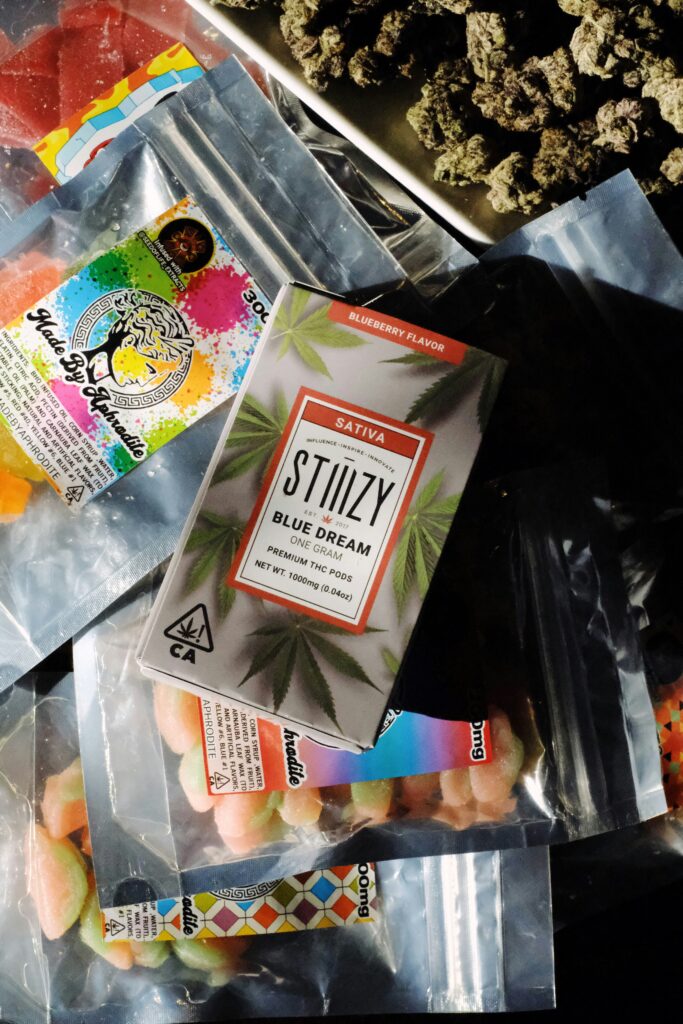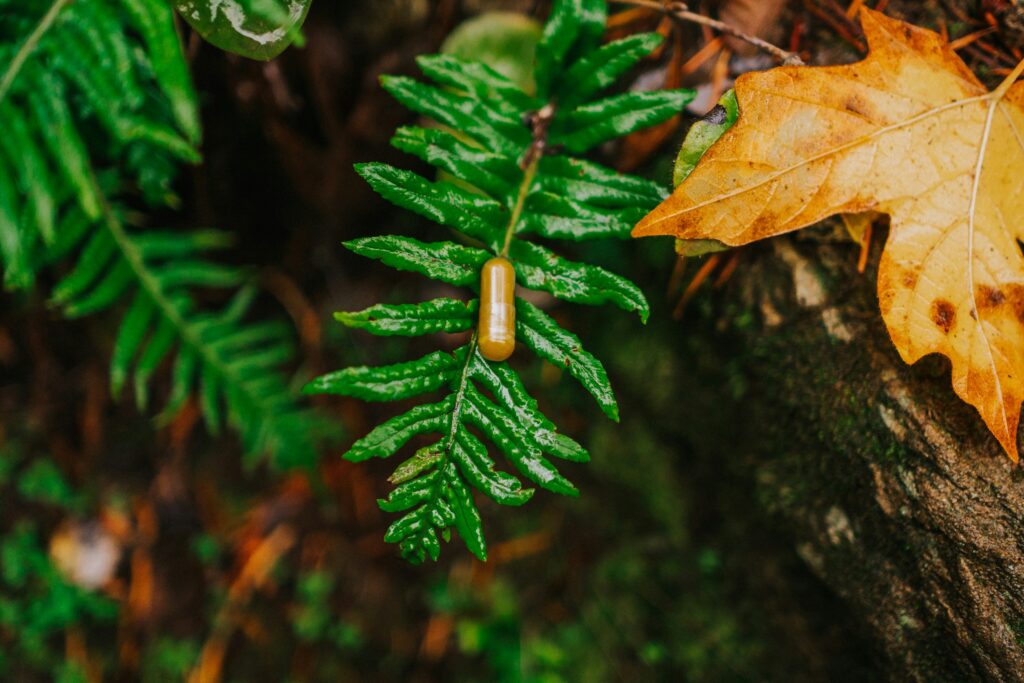The Rising Trend of Microdosing Cannabis: A Comprehensive Guide

Unlocking the Benefits and Best Practices of Microdosing Cannabis
In recent years, microdosing cannabis has emerged as a popular practice among individuals seeking the therapeutic benefits of marijuana without the intense psychoactive effects. This subtle yet impactful approach involves consuming small, controlled doses of cannabis to harness its medicinal properties while minimizing the "high" typically associated with its use. As interest in alternative health and wellness methods continues to grow, understanding the ins and outs of microdosing cannabis becomes increasingly relevant.
Understanding Microdosing Cannabis
Microdosing, a concept borrowed from the world of psychedelics, refers to the practice of consuming minimal amounts of a substance to achieve specific therapeutic effects. When applied to cannabis, microdosing involves ingesting or inhaling very small doses of cannabinoids, such as THC (tetrahydrocannabinol) and CBD (cannabidiol), typically ranging from 1 to 5 milligrams. Most users will consumes cannabis edibles to get their microdose.
Unlike traditional cannabis consumption, where users aim to achieve a pronounced high, microdosing focuses on subtler outcomes. By administering precise amounts of cannabinoids, individuals can potentially experience therapeutic benefits such as pain relief, reduced anxiety, improved focus, and enhanced creativity, all without the overwhelming psychoactive effects.

The Benefits of Microdosing Cannabis
- Pain Management: Cannabis contains compounds that interact with the body's endocannabinoid system, which plays a crucial role in regulating pain perception. Microdosing cannabis may offer relief from chronic pain conditions without causing significant impairment, making it a viable option for individuals seeking natural pain management solutions.
- Anxiety and Stress Relief: While high doses of THC can exacerbate anxiety in some individuals, microdosing has been associated with anxiolytic effects. By modulating neurotransmitter activity, low doses of THC may help alleviate symptoms of anxiety and stress, promoting a sense of calmness and relaxation without inducing paranoia or agitation.
- Enhanced Cognitive Function: Some proponents of microdosing cannabis report improvements in cognitive function, including enhanced focus, creativity, and productivity. By fine-tuning cannabinoid intake, individuals may experience heightened mental clarity and productivity without the cognitive impairment commonly associated with higher doses of THC.
- Improved Sleep Patterns: Cannabis has long been used as a sleep aid, with certain cannabinoids exhibiting sedative properties. Microdosing cannabis before bedtime may help regulate sleep cycles and promote restful sleep without causing grogginess or daytime drowsiness, potentially offering relief to individuals struggling with insomnia or other sleep disorders.
- Mood Regulation: The endocannabinoid system plays a crucial role in regulating mood and emotions, and microdosing cannabis may help restore balance within this system. By modulating neurotransmitter activity, cannabinoids such as CBD may mitigate symptoms of depression and mood disorders, promoting overall emotional well-being.
Best Practices for Microdosing Cannabis
- Start Low and Go Slow: When embarking on a microdosing regimen, it's essential to start with the lowest effective dose and gradually increase as needed. Begin with a dose of 1 milligram or less of THC, observing how your body responds before adjusting the dosage.
- Choose the Right Strain: Cannabis strains vary in their cannabinoid and terpene profiles, each offering unique effects and therapeutic benefits. Opt for strains with balanced THC and CBD levels, or select high-CBD strains for a more gentle experience.
- Use Reliable Delivery Methods: From tinctures and capsules to vaporizers and edibles, there are various ways to consume cannabis in microdoses. Choose a delivery method that allows for precise dosing and consistent effects, such as pre-dosed capsules or sublingual tinctures.
- Keep a Journal: To track your progress and determine the optimal dosage for your needs, consider keeping a journal detailing your cannabis consumption, effects experienced, and any notable observations. This information can help you refine your microdosing regimen over time.
- Consult with a Healthcare Professional: Before incorporating cannabis into your wellness routine, especially if you're managing a medical condition or taking medications, it's crucial to consult with a healthcare professional knowledgeable about cannabis therapeutics. They can provide personalized guidance based on your individual health needs and circumstances.
Conclusion
Microdosing cannabis offers a nuanced approach to reaping the therapeutic benefits of marijuana while minimizing the unwanted psychoactive effects. By carefully controlling cannabinoid intake, individuals can harness the healing properties of cannabis for pain management, anxiety relief, cognitive enhancement, sleep regulation, and mood stabilization. As interest in microdosing continues to rise, understanding the principles and best practices associated with this practice becomes paramount for those seeking alternative wellness solutions. Through responsible experimentation, informed decision-making, and consultation with healthcare professionals, individuals can unlock the potential of microdosing cannabis to enhance their overall health and well-being.
